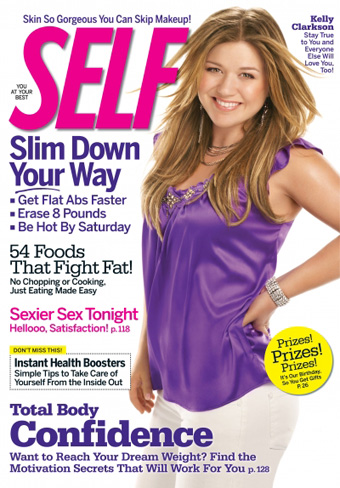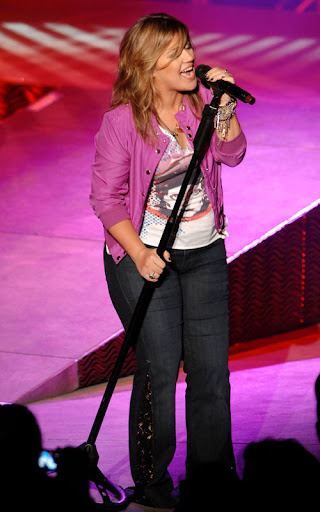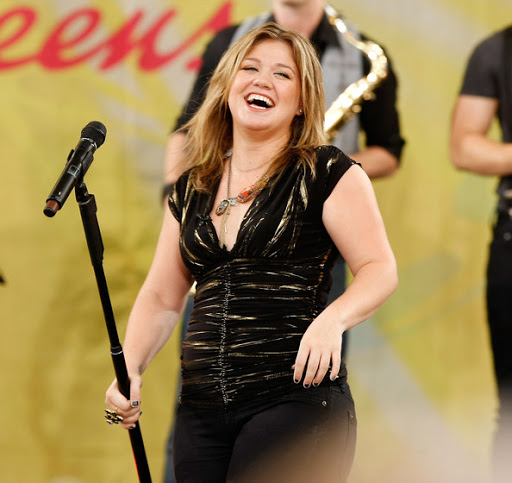Okay, so I haven't posted in quite some time because a) work has been surprisingly worky, requiring me to do work during my valuable slacking-off time, and b) I've got another post in the chute that will
rock. This. City. To its foundations. (Okay, not so much; as much effort as I've put into it, it'll probably end up being a royal disappointment. I've gotten used to such.)
But I didn't want to make the potentially okay the enemy of the mediocre, and Amanda at Pandagon (to whom I may start referring as "Amandagon," just to save space. And seeing it in print, it looks pretty cool) has a post up about her
voracious reading habits as a tween and a new book,
Shelf Discovery, that calls them to mind.
I’m sure that many of you out there reading shared my fate---nerdy, overimaginative children who read everything in sight, without the constraints of taste or discernment.
Cereal boxes. Yes.
The habit of devouring books is one that I’ve actually put to great use as an adult, and I owe YA authors a debt of gratitude for that. And while I opened this post with allusions to the trashiest of the milestone books of youth, Skurnick actually covers a diversity of books that mark up one’s preteen and early teen years as a undiscerning reader. And so it’s a real trip down nostalgia lane, and impossible to put down. Beverly Cleary, Madeleine L’engle, Judy Blume, Katherine Paterson, Paul Zindel---books that proliferated in the 50s through the 80s because of the popularity of cheap paperbacks. Some are genuinely great books, and others are unrepentant trash. Skurnick is determined to find redeeming values in all, though she’s hard-pressed to do so with the oeuvre of V.C. Andrews, she actually makes a case for Jean Auel. If you’ve read every single thing that Laura Ingalls Wilder wrote or had a habit of nicking books that had kserious-looking teenagers on the cover, you’ll love this. The only thing she missed was the Anne of Green Gables series, and so I’ll be forced to comb through the blog to see if she’s ever covered it.
It can sometimes be painful, or embarrassing, or painfully embarrassing to look back on those stories that occupied our time in those early-teen years of self-discovery (in the non-uberpersonal sense of the term). I've done it a couple of times here, revisiting the
Sweet Valley High series in some detail and
The Baby-sitters Club in more; I'd say I read those consistently up through about #54 and then sporadically up through #70. I also hit up the first seventy-some-odd
Saddle Club books, up until I started riding more myself and discovering exactly how much Bonnie Bryant (and her ghostwriting crew) didn't know. Disappointing, that, too a 14-year-old. One of the commenters at Pandagon mentioned Lurleen McDaniel and her
One Last Wish series, where tragic young girls find first love for just a moment before dying beautifully of cancer or diabetes or whatever, and I picked through a few of those before leaving off in search of something a little less depressing.
But my young-young-adult reading list wasn't entirely tween pulp. I mean, plenty of it was, but I read a
lot. I was the only kid I knew whose parents had to tell her to
stop reading. And it wasn't any attempt to censor my reading choices, just to guarantee my bedtime - my parents would have to do bed checks to make sure I wasn't reading under the covers with a flashlight until early hours. But I blame them completely; they were the ones who started reading to/with us
every night. Favorites included
The Berenstein Bears, which poor Mom was always begged to "read funny," requiring a nightly improv routine that would have made Eddie Izzard bow and step back. My first chapter book (that I remember) was
Anne of Green Gables, followed by
Anne of Avonlea and part of
Anne of the Island before I started to really get kind of sick of Anne and her
e and her neuroses. As soon as we were able to appreciate it (well, Doug was; I think I was a bit young yet), we had weekly reading nights where Dad would read to us aloud from books of Mark Twain and Sherlock Holmes. Books were pretty much the environment when I was growing up. Which is good, because I was kind of an obnoxious kid and needed distracting.
Other high points: all of Beverly Cleary's Ramona books,
The Secret Garden, Little Women, a little bit of Judy Blume (there wasn't much she could teach me that my parents hadn't already given me the benefit of the doubt and discussed with me), Piers Anthony (I read about two books into his Mode series; yeah, the cover had a horse on it),
The Black Stallion (and successors), a little bit of Nancy Drew, The Chronic(what?)cles of Narnia. Never really a fan of V.C Andrews (ew, creepy) or Christopher Pike (pretty much pr0n for teens + supernatural thrill). That was also the time I started stretching a bit, trying at
1,001 Arabian Nights and some Poe and not really understanding it at the time but doing better on later reads.
Amanda mentions being a re-reader as a kid, but not now. I hate to admit that I'm hardly a reader at all at the moment; by the time I get home from the office, I hardly make it a priority to read still more words, although it's something I intend to work at. But as a tween, I was definitely a re-reader. Some books I read and put down - some I even read and gave away (although I was almost as much of a book-hoarder as I was a book-reader, a habit I haven't been able to kick) - but some just called out for a second (and third, and seventh) visit. Among them:
-
The Phantom Tollbooth, by Norton Juster. Fantastic escapist fun for a kid who was as frankly pedantic as I was. Puns! Grammar! Math! Oh, the geekish joy.
-
A Wrinkle in Time, by Madeleine L'Engle (and
A Wind in the Door and
A Swiftly Tilting Planet, although
Wrinkle was the one I hit up over and over). Again, lovely escapism, this time starring a brilliant, antisocial girl who saves the world through brainpower. No idea why that would appeal.
-
From the Mixed-Up Files of Mrs. Basil E. Frankweiler, by E.L. Konigsburg. A wonderful puzzle book.
-
The Westing Game, by Ellen Raskin. Another wonderful puzzle book. Never saw the movie; couldn't bear to.
-
Matilda, by Roald Dahl. A clever, bookish girl is underappreciated by the world around her. Detecting a pattern? Incidentally, my mom loved this one, too. (I also loved
The Witches and
The BFG. The man knew his stuff.)
What I love about a lot of those books is how many of them I've re-read as an adult. The plots still hold up, the suspense is still suspenseful, and the mysteries still seem mysterious. And looking back, they tell me a little about me as a child. Namely, that I was a pitiful little geek who never felt that she fit in after
someone dragged her away from all of her friends at a difficult age,
Mom and Dad. But I had Milo, and Meg, and Claudia, and Turtle, and Matilda. And that was... not nearly enough to grow as a well-rounded and balanced young adult. But that came later.
What books kept you up with a flashlight all night as a kid? Any I should look for now?


